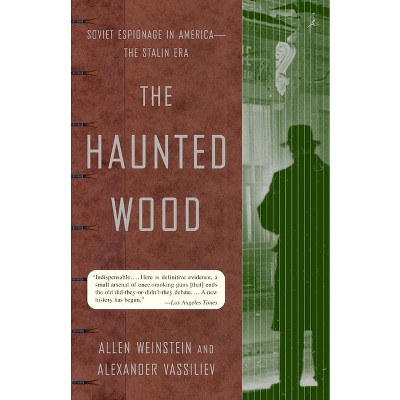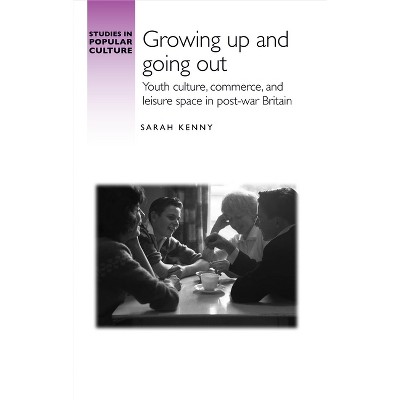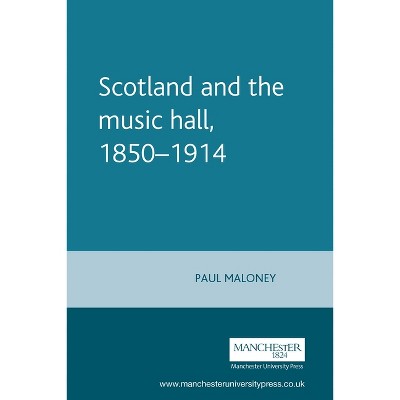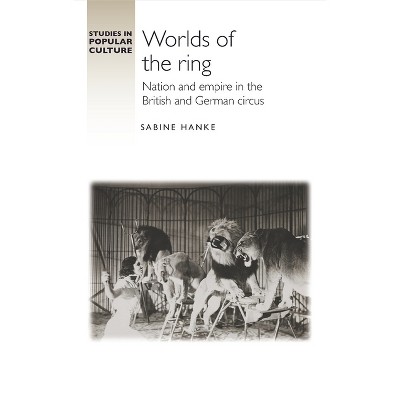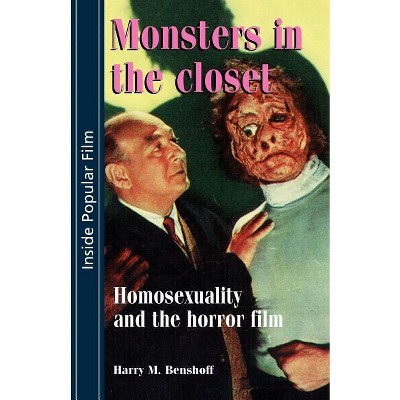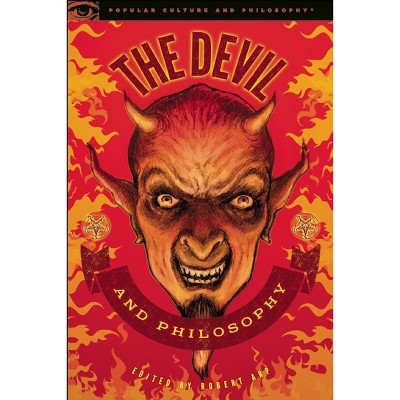Sponsored

The Devil's Highway - (Studies in Popular Culture) by Brad Beaven (Hardcover)
In Stock
Sponsored
About this item
Highlights
- Between 1850 and 1900, Ratcliffe Highway was the pulse of maritime London.
- About the Author: Brad Beaven is a Professor of Social and Cultural History at the University of Portsmouth.
- 216 Pages
- History, Europe
- Series Name: Studies in Popular Culture
Description
About the Book
Branded the Devil's Highway, nineteenth century Ratcliffe Highway was associated with crime and vice. In contrast, this book argues that sailortown was a distinctive and functional community. This community fostered an urban-maritime culture that shaped a sense of themselves and the conventions that governed subaltern behaviour in the district.Book Synopsis
Between 1850 and 1900, Ratcliffe Highway was the pulse of maritime London. Sailors from every corner of the globe found solace, and sometimes trouble, in this bustling district. However, for social investigators, it was a place of fascination and fear as it harboured chaotic and dangerous 'exotic' communities. Sailortowns were transient, cosmopolitan and working class in character and provide us with an insight into class, race and gendered relations. They were contact zones of heightened interaction where multi-ethnic subaltern cultures met, sometimes negotiated and at other times clashed with one another. The book argues that despite these challenges sailortown was a distinctive and functional working-class community that was self-regulating and self-moderating. The book uncovers a robust sailortown community in which an urban-maritime culture shaped a sense of themselves and the traditions and conventions that governed subaltern behaviour in the district.From the Back Cover
Between 1850 and 1900, Ratcliffe Highway - branded the 'devil's highway' - was the pulse of maritime London. Sailors from every corner of the globe found solace, and sometimes trouble, within its bustling bars, brothels, lodging houses and streets. For social investigators, it was perceived as a place of fascination and fear, as it harboured 'exotic' and 'heathen' communities. This book goes beyond conceptualising London's sailortown as a global economic hub that entangled sailors into vice and exploitation. It examines how, by the mid-nineteenth century, anxieties relating to urban modernity encouraged Victorians to re-imagine Ratcliffe Highway as a chaotic and dangerous urban abyss.
The sailortown population was varied, and engaged in numerous working-class trades connected with the marine and leisure industries, such as dockers, stevedores, sailmakers, sex workers and, international seafarers. Sailortowns were contact zones of heightened interaction where multi-ethnic subaltern cultures met, sometimes negotiated and at other times clashed with one another. However, the volume argues that despite these challenges, sailortown was a distinctive and functional working-class community that was self-regulating and self-moderating.
The book uncovers a robust sailortown community in which an urban-maritime culture shaped a sense of themselves and the traditions and conventions that governed subaltern behaviour in the district. It advances understanding of waterfront communities by examining their place in the Victorian popular imagination.
Review Quotes
'Deeply researched and engaging... Crucially, Beaven offers enlightening new approaches to the study of sailortowns, generally... this is an absorbing and accessible book.'
The Mariner's Mirror
About the Author
Brad Beaven is a Professor of Social and Cultural History at the University of Portsmouth.Shipping details
Return details
Trending Non-Fiction








